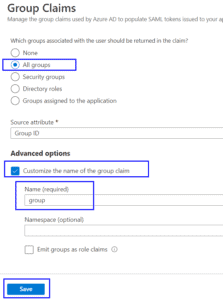

In the app catalog window, search for the Fortinet VPN app and select Add. Go to Admin Portal > Apps > Web Apps and select Add Web Apps

Step 1: Add the Fortinet VPN app to the Identity Administration portal This sections describes how to configure SSO in the web interface.

You have created a FortiGate admin and users for SSOĬonfigure CyberArk Identity SSO for Fortinet VPN You can configure the following SSO methods: MethodĬonfigure SSO to enable your users to connect through Fortinet VPN client software.īefore you begin, make sure you have the following prerequisites:įortiClient or FortiClient VPN 6.4.0 or laterĪccess to the CyberArk Identity Admin PortalĪccess to the FortiGate admin console or CLIīefore you configure the FortiGate SSL VPN web interface for SSO, make sure you have the following:įortiGate Domain. This enables you to inherit your existing Adaptive SSO and MFA for strong security. In my experience, "minimize VPN on connect" was a precondition to having this work or FortiShield prevents files in the FortiClient directory from being modified.This topic describes how to connect your SSL-VPN Fortinet solution to CyberArk Identity using SAML. Configure a disconnect script of "del /f %LOCALAPPDATA%\FortiClient\Cookies" through EMS. A workaround is to implement a disconnect script on FortiClient EMS. There is not a built-in way to force a user to enter credentials every time they logon to VPN when utilizing SAML/Azure. You can still implement many of the Conditional Access Policies on 6.x, such as requiring MFA, trusted locations, etc. Without browser redirection, variables such as device ID do not get passed, and the device will fail Azure compliance checks. This allows you to redirect the SAML authentication to an external browser, which lets you implement Conditional Access policies such as requiring compliance checks and filtering on device ID. To take advantage of many of the capabilities of Azure Conditional Access policies, you need FortiOS 7.0 running on your FortiGate.


 0 kommentar(er)
0 kommentar(er)
